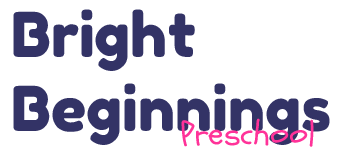Hello Fri-yay!
Hello Fri-yay!
For some kiddos Monday is hard after a long weekend. For other kiddos Friday is hard because they’re exhausted from keeping up the schedule. I get it. I woke up at 2:30 this morning and could not go back to sleep. I’m struggling with being a little cranky myself.🤣
I’m sure you guys all know the appropriate amount of time for children to sleep but just in case you’ve never seen this graphic- here’s a table that might help you.
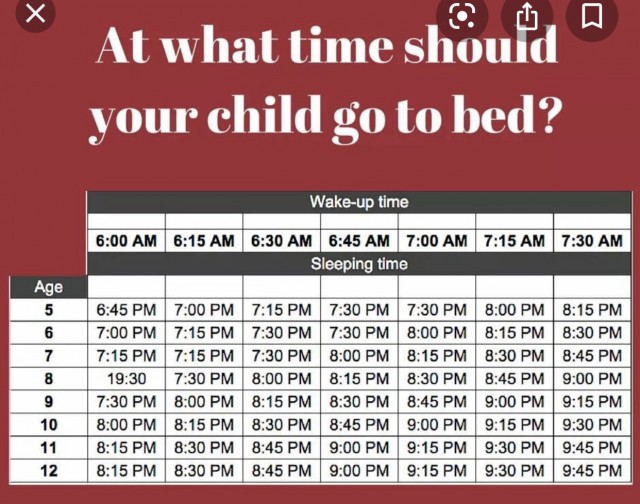
We continued to play with colored water today. The children love mixing the colors to make new ones. Of course the green went fast because that’s a favorite.
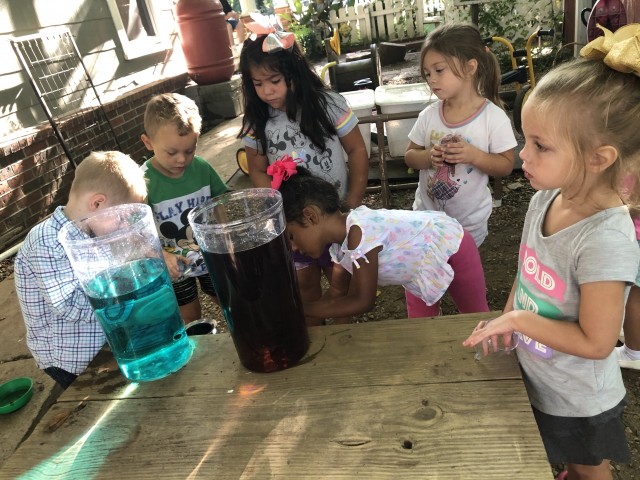
You can go back and replay a live feed from today where we worked on voice levels . It really helps to give kids visual clues ( holding up fingers ) and let them practice. Have you ever had a friend that just talks really loud they don’t even realize they’re yelling at you?
Parallel play is a form of play in which children play adjacent to each other, but do not try to influence one another’s behavior. Children usually play alone during parallel play but are interested in what other children are doing.
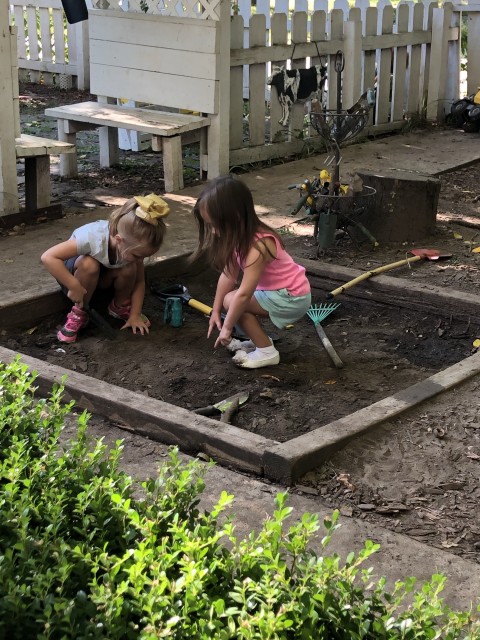
Cooperative play focuses on children working together to achieve a common goal, such as building a play structure, putting together a puzzle, or engaging in dramatic play
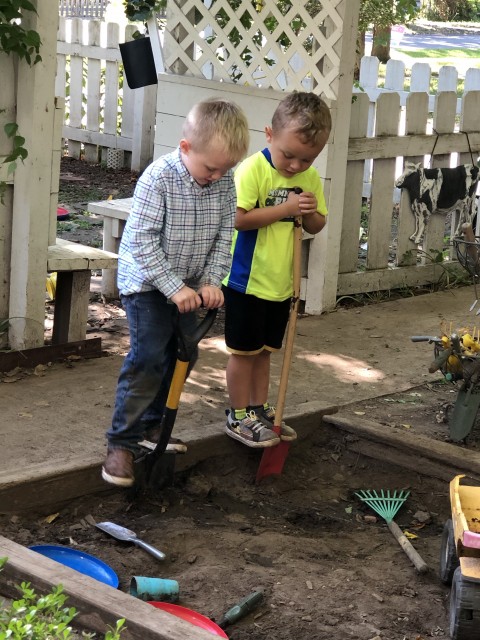
Associative Play is one of the categories used to describe the development of social play by preschoolers. It is generally the first stage where social interaction is required in children’s play as they engage in a mutual activity, though not working toward a common goal.
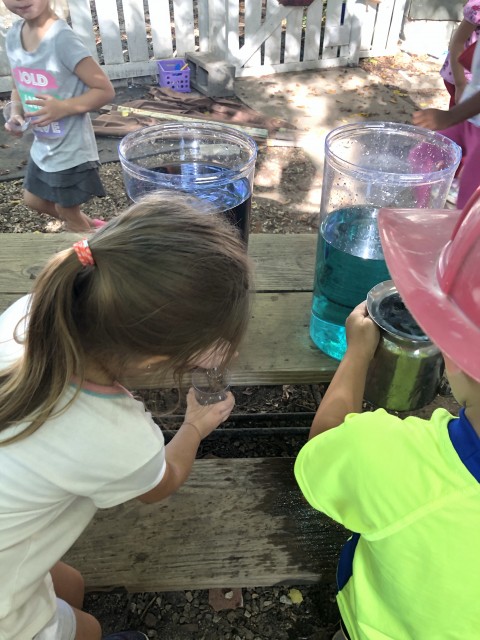
We have children in every type of play . Children that have not been exposed to large groups of children are still trying to figure out how to join play. As teachers or what some would call “coaches” we help children learn to understand the way they’re feeling and ask their friends to play. We will get there- but it’s not overnight. It makes my heart happy when I see children that have been playing in solitary play or alone begin baby steps toward play that is more engaged with other children.
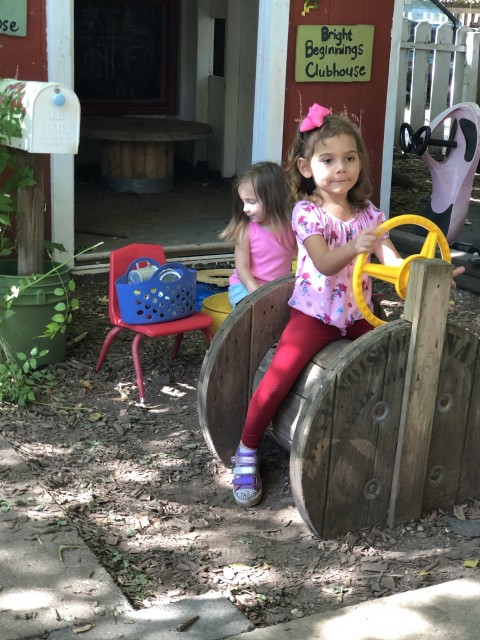
T
